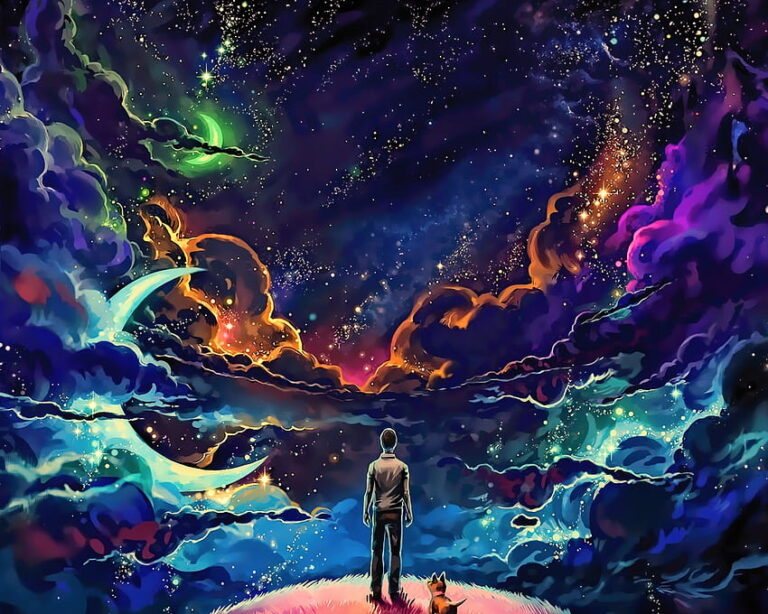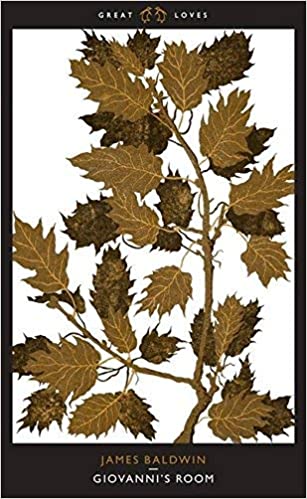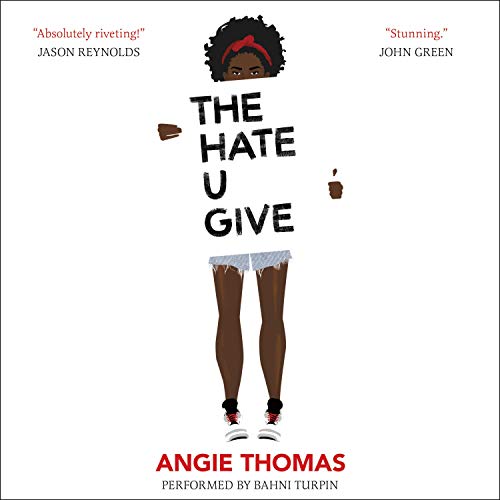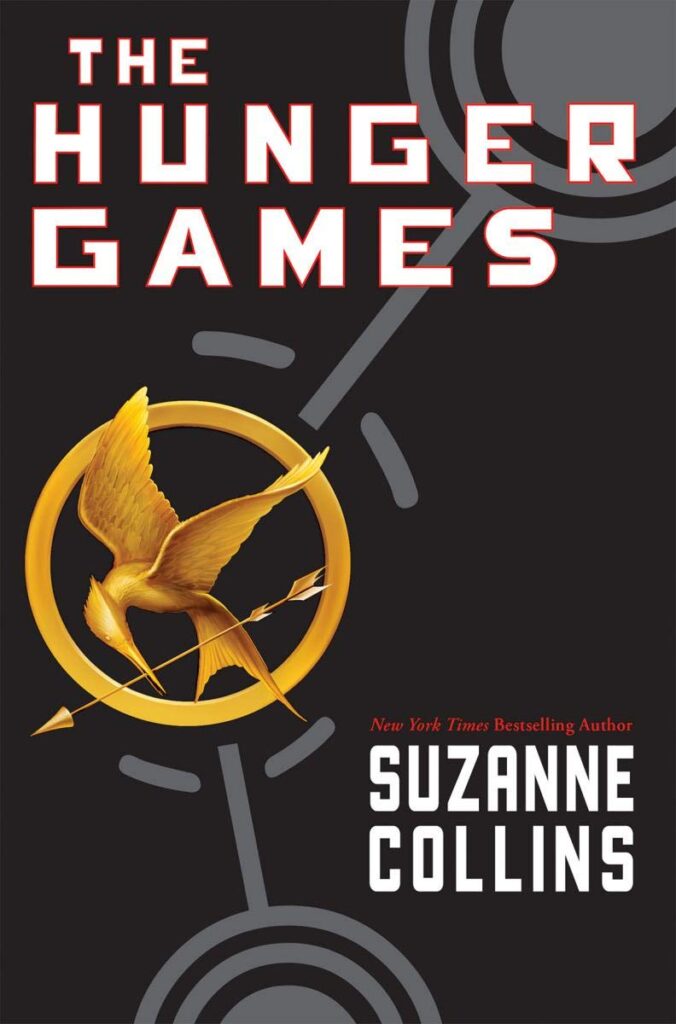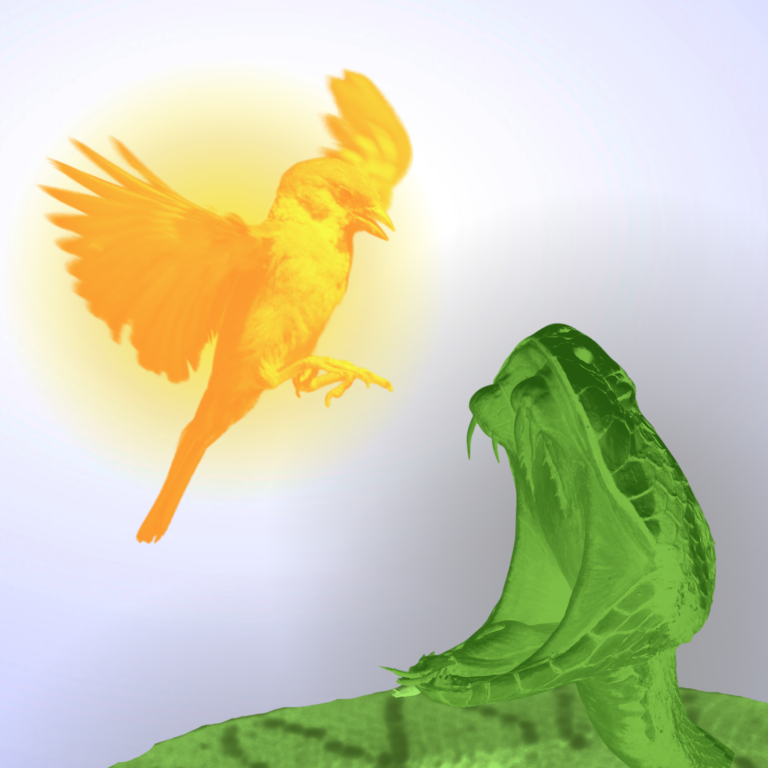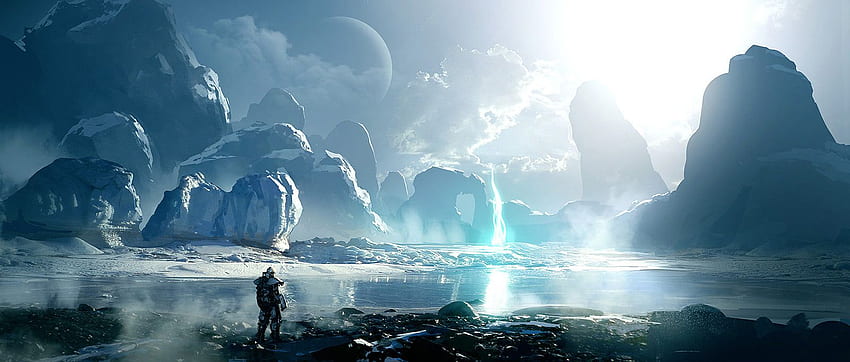
What Do Readers Want: Science Fiction Exploring Controversial Topics or Themes
As a reader, we want to know many things about a book before, during, and sometimes after we read it. How long is it? What’s the target audience? Is it part of a series? How much do I have to pay for it and is there an eBook version? Who’s the author? And many more questions.
After some deeper thought, I’ve created a list of 30 things readers want to know. You can get the details as a bonus to this article further down. However, in reviewing the list, I broke it down into three areas of focus.
- Specifics.
- Content.
- Deep Dive
This article breaks down just one item within the area of Deep Dive called controversial topics and themes. This is my Netflix binge area such as The Handmaidens Tale. There are a ton of science fiction books that explore topics that fall into controversy. This is topics such as mental illness, sexuality, trauma, religion, politics, race and ethnicity, taboo subjects, and anything that can challenge their preconceptions or would broaden their understanding of the world around them. I can think of three books right now that I’ve read and thought WOW this book is so good. But really, it’s a topic or theme taken to the extreme. The Hunger Games by Susanne Collins explores a dystopian society in which teenagers are forced to fight to the death in a televised competition. Or Margaret Atwood’s novel Oryx and Crake which depicts a post-apocalyptic world in which genetic engineering has gotten out of control. Fahrenheit 451 by Ray Bradbury where firemen are those that burn banned books. There are so many and they are all good.
Why did these authors choose to write about topics and themes that are controversial? And why are these topics devoured by us readers like there’s no tomorrow? Authors write about controversial topics for a variety of reasons. For some, it’s a way to shine a light on important social or political issues that they feel are being ignored or marginalized in mainstream discourse. For example, in The Water Knife by Paolo Bacigalupi – where in a near-future world water has become a scarce and highly valuable resource due to climate change and political instability and the exploration of issues of climate change, resource depletion, and the consequences of political and economic inequality are addressed. For others, it’s a way to challenge the status quo and push boundaries in terms of what is considered acceptable or taboo in literature. Like Bloodchild by Octavia Butler – explores themes of reproduction, exploitation, and consent in complex and unsettling ways. Additionally, writing about controversial topics can be a way for authors to explore their own beliefs and values, and to engage in meaningful dialogue with their readers and the wider world.
Readers love books that explore controversial topics for many of the same reasons. These books can be thought-provoking, challenging, and emotionally resonant, and can help readers to better understand complex social, political, or moral issues. For example, The City We Became by N.K. Jemisin an exploration of urban life, identity, and politics in New York City by addressing issues of race, class, and gentrification. Additionally, reading about controversial topics can be a way for readers to engage with ideas and perspectives that they may not have encountered before, and to broaden their own horizons in terms of what they believe and value. Such as books like Viral Airwaves by Claudie Arseneault where HIV is spread by air, exploring issues of stigma, discrimination, and the impact of HIV on individuals and communities.
Controversial books can also be cathartic for readers who feel that their own experiences or perspectives have been marginalized or ignored and can provide a sense of validation or empowerment. Ultimately, books that tackle controversial topics are often able to connect with readers on a deep and meaningful level and can inspire them to think critically about the world around them and their place in it.
Here are twenty examples of novels that consider controversial topics.
- Sexuality and sexual identity – “Giovanni’s Room” by James Baldwin – themes of homosexuality and identity in 1950s Paris
- Racism and racial inequality – “Beloved” by Toni Morrison – explores the long-term psychological effects of racism and slavery on African Americans.
- Political corruption and abuses of power – “Animal Farm” by George Orwell – satirizes the Soviet Union and explores themes of political corruption, propaganda, and the dangers of totalitarianism.
- Religion and religious extremism – “The Satanic Verses” by Salman Rushdie – explores themes of religion, multiculturalism, and identity, and caused widespread controversy due to its depiction of Islam.
- Censorship and freedom of expression – “Fahrenheit 451” by Ray Bradbury – explores the dangers of censorship and the importance of freedom of expression.
- Gender roles and gender identity – “The Color Purple” by Alice Walker – explores the 1930s themes of gender roles, sexuality, and race.
- Mental illness and psychology – “The Bell Jar” by Sylvia Plath – explores themes of mental illness and the struggles of a young woman trying to find her place in the world.
- Class inequality and social justice – “The Grapes of Wrath” by John Steinbeck – explores themes of poverty, inequality, and social justice during the great depression.
- War and militarism – “Slaughterhouse-Five” by Kurt Vonnegut – this anti-war novel that explores the psychological effects of war and the nature of time
- Environmental degradation and climate change – “The Overstory” by Richard Powers – the interconnectedness of all living things and the importance of preserving the natural world
- Immigration and xenophobia – “Americanah” by Chimamanda Ngozi Adichie – themes of race, identity, and immigration through the experiences of a Nigerian woman who moves to the United States
- Drug abuse and addiction – “Trainspotting” by Irvine Welsh – explores themes of addiction, poverty, and the effects of Thatcher-era policies on working-class communities in the 1980 Scottish drug culture.
- Violence and crime – “A Clockwork Orange” by Anthony Burgess – violence, free will, and the nature of evil themes.
- Genetic engineering and biotechnology – “Brave New World” by Aldous Huxley – a future society in which citizens are engineered and conditioned to conform to a rigid social hierarchy, and explores themes of technology, eugenics, and the dangers of totalitarianism.
- Consumerism and materialism – “White Noise” by Don DeLillo – consumerism, media saturation, and the fear of death in contemporary society.
- Postmodernism and literary experimentation – “Infinite Jest” by David Foster Wallace – themes of addiction, entertainment, and the search for meaning in a postmodern world.
- Technology and artificial intelligence – “Do Androids Dream of Electric Sheep?” by Philip K. Dick – themes of identity, empathy, and what it means to be human.
- Animal rights and animal welfare – “Animal Liberation” by Peter Singer – the ethical treatment of animals
- Health care and medical ethics – “The Immortal Life of Henrietta Lacks” by Rebecca Skloot – the ethical and social implications of using human tissue for scientific research without informed consent, as well as the racial and economic inequalities that have historically shaped medical research.
- Existentialism and the human condition – “The Stranger” by Albert Camus – explores themes of existentialism, absurdity, and the meaninglessness of life,
Most of the novels just listed are from previous decades and won awards and are influential in their topics to make readers pay attention. However, they don’t capture today’s youth or YA as this list of 20 more current novels addressing some of the same issues in today’s societies.
- “The Hate U Give” by Angie Thomas – explores police brutality and racial injustice.
- “A Little Life” by Hanya Yanagihara – explores sexual abuse, mental health, and self-harm.
- “The Testaments” by Margaret Atwood – explores issues of gender and reproductive rights in a dystopian society.
- “Home Fire” by Kamila Shamsie – explores radicalization, terrorism, and Islamophobia.
- “The Water Dancer” by Ta-Nehisi Coates – explores slavery, memory, and the power of storytelling.
- “The Overstory” by Richard Powers – explores environmentalism and the relationship between humans and nature.
- “Red at the Bone” by Jacqueline Woodson – explores teenage pregnancy, family dynamics, and racial identity.
- “The Nickel Boys” by Colson Whitehead – explores systemic racism and the effects of segregation in the US.
- “The Immortalists” by Chloe Benjamin – explores themes of fate, mortality, and the quest for eternal life.
- “My Year of Rest and Relaxation” by Ottessa Moshfegh – explores mental health, addiction, and the pursuit of happiness.
- “The Power” by Naomi Alderman – explores gender and power dynamics in a speculative fiction setting.
- “The Sympathizer” by Viet Thanh Nguyen – explores the Vietnam War and its aftermath, as well as issues of identity and loyalty.
- “The Great Believers” by Rebecca Makkai – explores the AIDS crisis and its impact on the LGBTQ+ community.
- “An American Marriage” by Tayari Jones – explores issues of race, class, and criminal justice in the US.
- “There There” by Tommy Orange – explores the experiences of Native Americans living in urban settings.
- “Normal People” by Sally Rooney – explores the complexities of modern relationships and the pressures of social class.
- “The Vanishing Half” by Brit Bennett – explores racial identity, passing, and family secrets.
- “The Mothers” by Brit Bennett – explores themes of love, loss, and the consequences of one’s actions.
- “The Vanishing Half” by Brit Bennett – explores controversial topics of race, identity, and passing.
- “The Ministry for the Future” by Kim Stanley Robinson – this novel tackles controversial topics related to climate change, politics, and economics and how to deal with global warming.
Here are 10 science fiction books written since 2000 that consider controversial themes or topics:
- “The Hunger Games” by Suzanne Collins – explores themes of government control, surveillance, and rebellion.
- “The Windup Girl” by Paolo Bacigalupi – explores genetic engineering, corporate power, and environmental degradation.
- “The Three-Body Problem” by Liu Cixin – explores the Fermi paradox, extraterrestrial intelligence, and the potential for global catastrophe.
- “The Water Knife” by Paolo Bacigalupi – explores climate change, water scarcity, and the consequences of resource depletion.
- “The Power” by Naomi Alderman – explores gender and power dynamics in a speculative fiction setting.
- “Red Rising” by Pierce Brown – explores social stratification, caste systems, and revolution in a dystopian society.
- “Annihilation” by Jeff Vandermeer – explores the nature of consciousness, environmental change, and the unknown.
- “The Fifth Season” by N.K. Jemisin – explores systemic oppression, racial prejudice, and the consequences of power imbalances.
- “Dawn” by Octavia Butler – explores themes of colonialism, identity, and the relationship between humans and aliens.
- “The City We Became” by N.K. Jemisin – explores the relationship between cities and their inhabitants, as well as issues of gentrification and cultural identity.
We, readers, want to understand all the nuances of the story and grasp all incites. Reading themes and topics of controversy help expand our knowledge. These stories stick with you and keep you aware of diverse things happening in the world, even if the author took fictional liberties to portray the worst outcomes or inconclusive results. Perhaps they made you think differently or even made you more entrenched in your mission to save future generations from catastrophes we’ve yet to have happened. I’ll bring you back to those three books I initially thought of: The Hunger Games by Susanne Collins – a dystopian society in which teenagers are forced to fight to the death in a televised competition or Margaret Atwood’s novel Oryx and Crake which depicts a post-apocalyptic world in which genetic engineering has gotten out of control, and lastly, Fahrenheit 451 by Ray Bradbury where firemen are those that burn banned books.
- The Hunger Games by Susanne Collins,
- Oryx and Crake by Margaret Atwood.
- Fahrenheit 451 by Ray Bradbury.
Is our society moving toward any of these themes or are we moving away? Can we tell?
My serial published Kindle Vella Scifi-Fantasy novel Sparrows Legacy has themes of revenge, WLW, and more subtle topics of how magic is used during war or how trauma can either crush you or make you rise.
Check it out and give me some feedback. Here is a survey to quickly tell me how it did or did not capture your attention.
She faced toward the unseen enemy and found her doubt erased. She remembered her Matie lying on that death bed, her body charred, barely recognizable. The pain she endured was unimaginable.
“Yes, Sparrow burned, inside and out.”
That voice stole her breath as he fed thoughts into her mind, images she never witnessed.
Raining fire bolts hit the ground around and through Trine Sworden as she alone held a force from attacking. Her body was struck over and over, flinching as she was pierced. Still, she stood in defiance, protecting the villagers as they ran to safety. She screamed Endrics’ name, identifying the true attacker as flames engulfed her hair, face, and body. Her throated cry diminished as she fell down, a burnt shell.
Tara recoiled with revulsion and yelled “no”, even now growing angry at the vision. With her feet planted wide, the surrounding air thickened. The wind flipped her hair and shirt ties, the loose cloth beating against her as a whirlwind of air rushed upward. Her eyes closed as blood pulsed in her ears. She could no longer feel the love of her Matie or the heavy weight of grief. Only fury arose, feeding the fire within her. Her lips pulled back, baring her teeth. For a second she heard the Psi dog’s growl.
Her eyes flew open at the thought. A Psi dog? There was no Psi dog in the vision of her mother’s death. The Psi dog was here. Now. With the mage.
In a heartbeat she realized she was under an attack. The mage was somehow working on her. He was using her emotions to fill her with anger.
The Psi dog now had moved further away, his body tense and low. Sand and winds swirled around her, an unnatural funnel, heat rising. She flung herself from the swirling mass and somersaulted toward the dog, only a split second before a bolt of lightning struck the pole outside the enclosure and whipped its electric length into the storms’ location where she once stood. The area lit up, a dancing white column of debris. The hair on her skin rose with the static air that coalesced in the area.
With a fluid and deadly form, she shot an arrow into the tent, ripping through the fabric, aiming for an enemy. Two more were released and she notched another. The column fell down, dust rising from the ashes. She coughed and tried to see through it.
The Psi dog tore through the small cloud to the tent entrance and disappeared within.
Sliding sideways before the opening once more, she glanced inside to find a figure lying on the ground. The dog was on the far side, chewing through a rope and that kept another dog anchored to a pole.
She aimed at the downed form and realized her arrows had been true. The man’s shoulder and stomach were embedded, he was pinned.
“How have you done this? You are no mage.” He rasped as he clutched at his stomach.
Tara heard running footsteps and saw Chiri and Jock enter behind her. They were both pale with fear until they saw her.
“He held us. A fear forcefield. We could not break it. Take him out Tara. He still holds powers. He has a cristi. I can feel it.”
If you have read any of Sparrows Legacy I have a brief survey that would help me out tremendously.
Please read and review my serial publishing novel Sparrow’s Legacy on Kindle Vella. You can read the first three chapters free on Amazon by searching for “Sparrows Legacy Kindle Vella” or clicking here. I hope you enjoyed this blog. Please subscribe to my website if you want to be notified when I’ll be publishing or to get free samples of my work.
Also, sign-up for exclusive content throughout the year and chapter sneak peeks of my ongoing work as a subscriber to my Patreon
JLNich, Science Fiction Fantasy Author
Bonus Content
If you enjoy this article and want to check out other similar novels in the science fiction fantasy genre, check out these Amazon-offered books on my Affiliate links below. Note: Purchasing from these links at Amazon will enable me a small commission as an Amazon affiliate.
In Legend Rising (Galactic Guardians Book 1) by Jonathan Yanez we meet the Rowki, a fraternity of intergalactic guardians, and Max Tyco who will become the most powerful.
In Banished (Street Rats of Aramoor: Book 1): A Coming of Age Fantasy Adventure by Michael Wisehart we meet young Ayrion, a Upakan, headed for the royal city of Aramoor. In hopes of making a name for himself, he will battle the deadly streets until his name is known.
This high fantasy book captured my attention with the similar worldbuilding of an academy but the magic is fresh and the MC is an outcast.
Check out this great education on the Color of Magic. I really enjoyed it.

